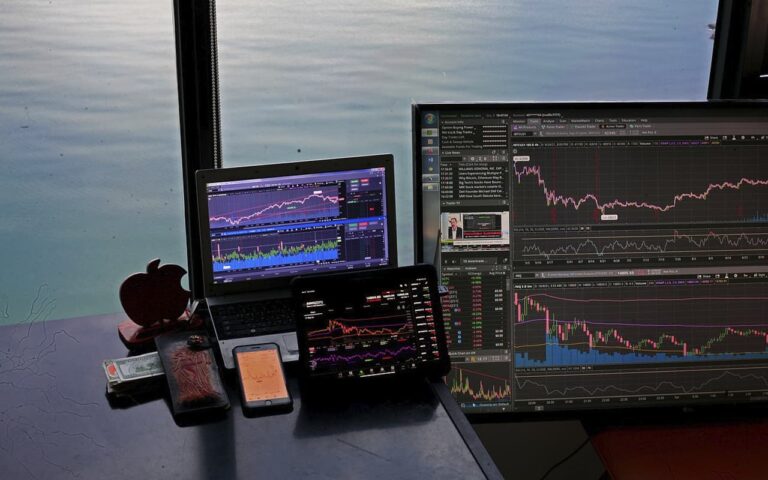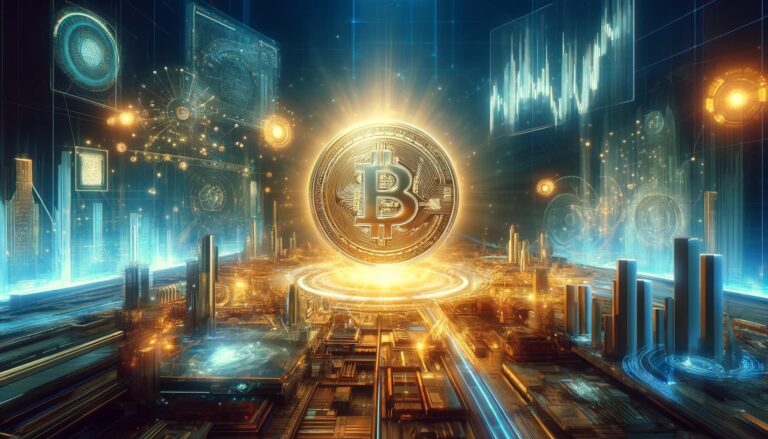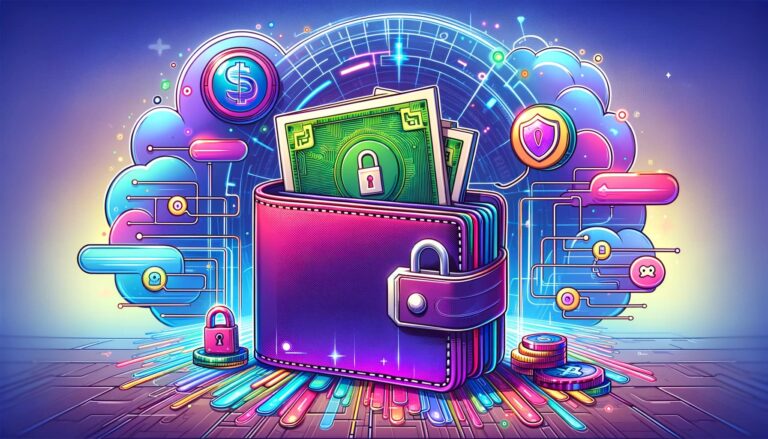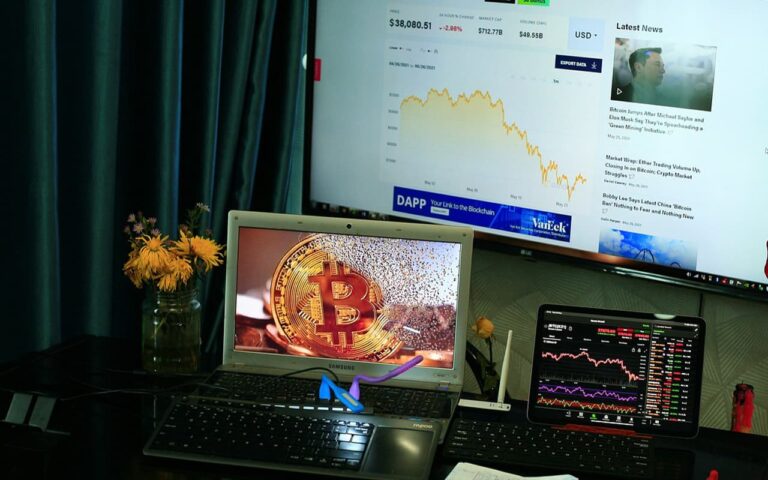RNDR cryptocurrency is designed to pay users who provide their graphics cards for use on a decentralized cloud computing platform. Rendering is the process of visualizing images from 2D or 3D models through computer software that uses the resources of graphics gas pedals.
The rendering network is designed to connect customers and users who want to earn money by performing rendering tasks. The Render Token Marketplace is an ideal place for a secure meeting place for processing power providers and developers of 3D models, holograms, virtual reality scenes and other video content.
The Render Token cryptocurrency is designed to lower the cost of rendering using cloud-based GPUs to make it more affordable for artists. And also to extend the scalability of the network to enable holographic images. This year, Render integrated artificial intelligence technology to improve performance, and added new NFT functionality.
The history of the emergence of the Render Token
The Render blockchain network was founded in 2016 by Jules Urbach. It is a de facto “daughter” company of the graphics company OTOY. The company itself was founded in 2009. It provided services to provide software solutions for in the creation and delivery of digital content such as video games and movies.
At first, the only way to do the complex rendering work for big projects like Avatar or Transformers was through an expensive visual effects studio. Rendering was taking up huge amounts of time, money and storage space. The company’s founder envisioned a future where anyone could have an easy path to real-time cloud technology.
The model of mutual settlements in crypto-tokens for video content processing services in a peer-to-peer network was developed by OTOY managers back in 2009, but its realization became possible only after the launch of the Ethereum blockchain project. Private sales of the cryptocurrency Render Token (RNDR) started in October 2017, and on cryptocurrency exchanges this asset appeared only three years later, when the main network was launched.
Technical features, principle of operation
Owners of GPU devices connect them to the network to receive and execute rendering tasks with OctaneRender. After registering their hardware, they become node operators and can earn Render token by performing tasks from the creators of graphic models.
Render Token aims to enable the creation, sharing and monetization of any 3D object or computing environment using blockchain protocols. The developers provide an out-of-the-box solution to the problem of CGI-intensive media that requires a powerful GPU infrastructure.
The system utilizes a unique Proof-of-Render mechanism to verify transactions. Proof-of-Render is a combination of manual and automatic proof-of-work. The process includes verification of the quality of work execution.
During artwork rendering, RNDR funds are held in escrow until the artist who commissioned the rendering manually confirms successful completion of the job. To protect against malicious behavior, network assets are watermarked throughout the process until the rendering is verified and payment is sent.
Octane’s rendering protocol allows the process to be managed on the blockchain. In the current period, Octane Render is the fastest GPU-accelerated photorealistic rendering software. The network supports test rendering, this feature allows customers to see what their work will look like.







